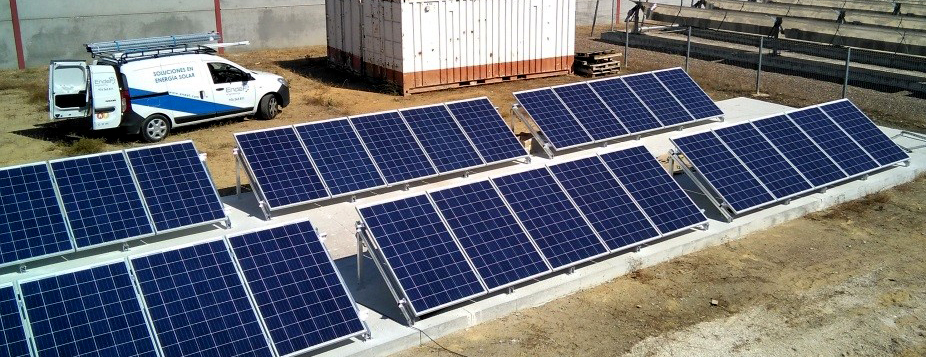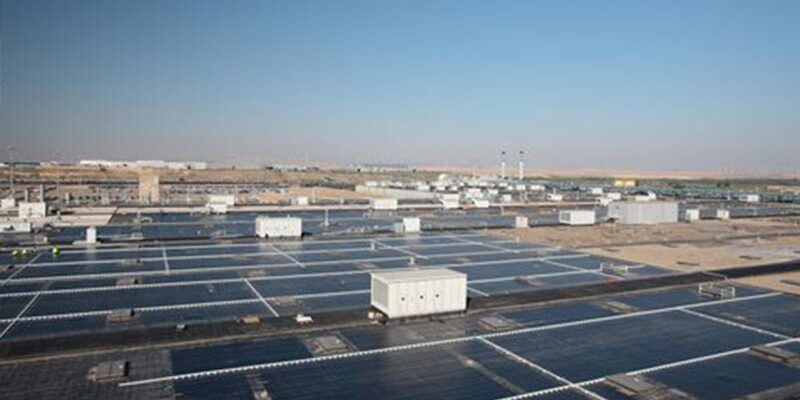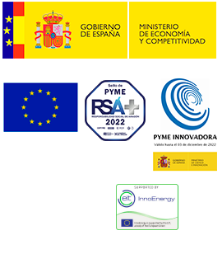Project framed in the Horizon 2020 of the European Union.
Improvement of low-value energy sources for buildings and industrial use.
In the initiative “Safety, Cleanliness and Energy Efficiency”, it is stated that the most important milestones for such a transformation are the EU’s energy and climate targets for 2030, which are: reduction of at least 40% of greenhouse gas emissions greenhouse effect compared to 1990; 27% of the share of renewable energy consumed in the EU and at least 27% improvement in energy efficiency and an electricity interconnection target of 10%.
The LowUP Project has a double strategy: on one hand, to guide climate objectives and challenges in a 42-month project where innovation will be the main activity and, on the other hand, to successfully present different technological solutions that will allow the participation of sources of low-grade thermal energy in the Energy Transition and improve the efficiency of the Europe Low Exergy system, not only at the building level but also in industrial applications.
In the LowUP project, three different heating and cooling systems will be developed and demonstrated: HEAT-LowUP (low-energy refrigeration systems directly powered by free and renewable energy sources) and HP-LowUP (recovery of residual heat and improvement through heat pump).
The first two systems focus on the rational and efficient use of low-value energy sources for direct implementation in low-energy heating and cooling systems. The third of the systems focus on the exploitation of low-temperature residual energy, loss in the industrial process, through the improvement in the generation of useful heat that is reintroduced in the process.
The process will be implemented using the Acciona thermal laboratory in Seville (Spain) where different real cases will be emulated, such as the industrial process of a water treatment plant, a car factory and a residence.

CARTIF’s role in the project will be to coordinate low-energy heating and cooling solutions, as well as the concept and design improvement through modeling and simulation; control systems for building integration; and the development of Life Cycle Analysis.


